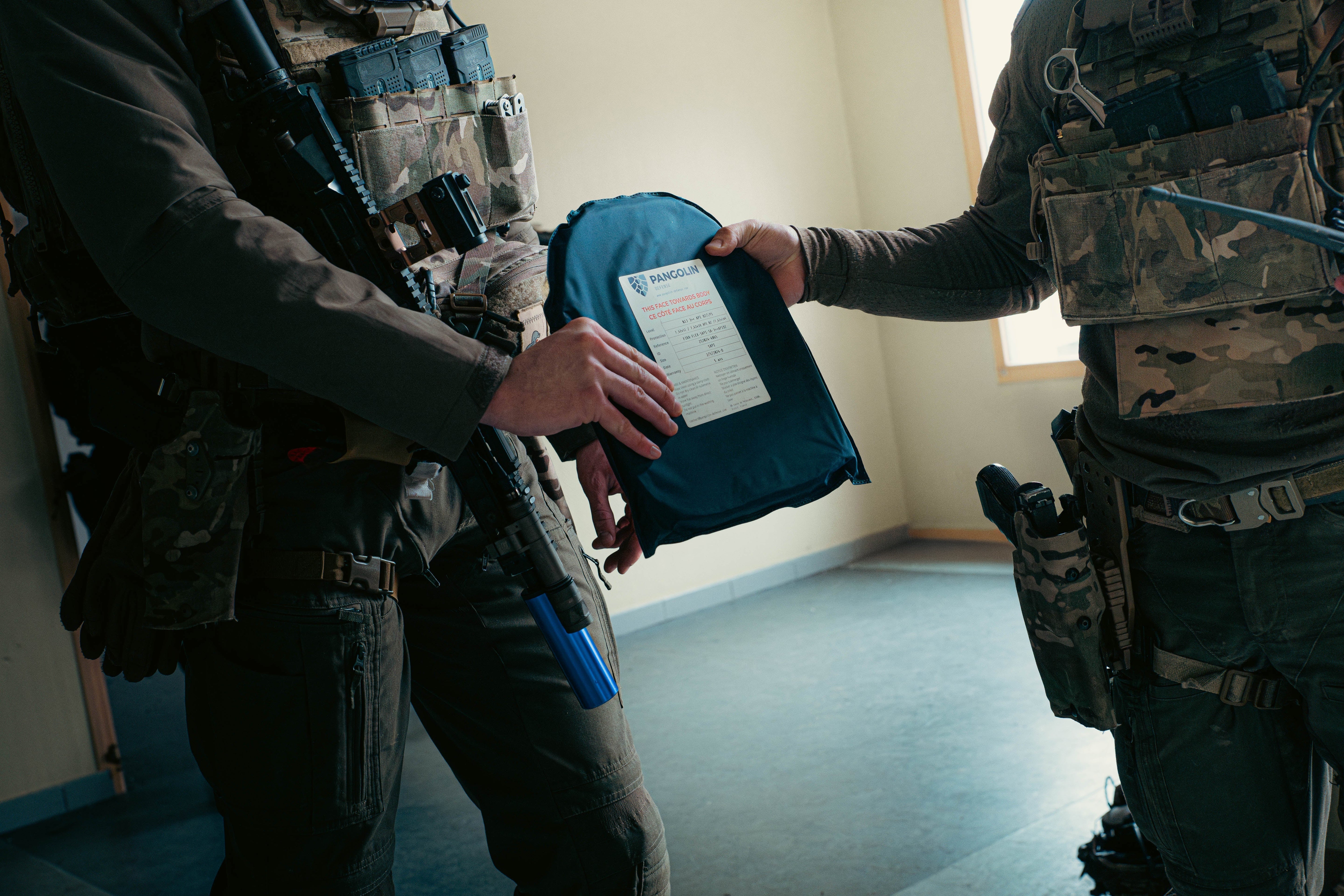Modern conflicts: ballistic needs vary according to war zones
Armed conflicts around the world are not alike, and threats evolve depending on the theater of operation. Consequently, ballistic protection requirements differ radically depending on the region and the enemy being faced . A ballistic plate suitable for asymmetric warfare in Africa will not necessarily be optimal for a conventional conflict in Eastern Europe.
In this article, we analyze how ballistic protection requirements vary across conflicts , using the Vietnam War and the war in Ukraine as examples. We will also explore the specific needs of the US and European militaries for armor-piercing ammunition, including the SS109 and the API BZ .
1️⃣ Ballistics requirements vary depending on conflicts and threats

🔹 Vietnam War: Priority to mobility and weight
During the Vietnam War, American soldiers faced a different threat than in modern conflicts:
- The main enemy was lightly equipped , using mostly small arms like the AK-47 and ambushes with explosives.
- American troops therefore favored lighter equipment, such as carrying straps.
🔹 War in Ukraine: Return to conventional combat
The war in Ukraine has completely changed the game in terms of ballistic protection:
- Unlike asymmetric conflicts, the clashes are mainly conventional , pitting armies equipped with heavy weapons against each other.
- The main threat comes from armor-piercing ammunition , notably the SS109 and API BZ projectiles, which are capable of penetrating standard protection.
- Ukrainian soldiers must therefore be equipped with level IV ballistic plates , capable of stopping these bullets, which requires different logistics for the supply of heavy protection.
3️⃣ The API BZ: an armor-piercing ammunition adopted in Europe and Ukraine

The war in Ukraine has brought a formidable ammunition back to the forefront: the API BZ (7.62x54R armor-piercing-incendiary) , used in particular by the Russian army and Ukrainian forces on the front.
What is the BZ API?
✅ An armor-piercing ammunition designed to penetrate armor , including level IV protection.
✅ A projectile with a hardened steel core and an incendiary component , making it extremely destructive.
✅ Widely used with Dragunov rifles (SVD) and PKM machine guns , common weapons on the Ukrainian battlefield.
💡 Consequence in ballistic protection :
- Soldiers must use reinforced titanium plates or ultra-strong composites to hope to stop a direct impact.
- Ballistic innovations are now focusing on multi-hit and lighter protections , suitable for prolonged combat.
API BZ plate, click here.
Conclusion: Ballistics adapts to modern conflicts
As we have seen, there is no single universal ballistic protection , because each conflict presents specific threats :
- Asymmetric conflicts (Mali, Afghanistan) → Protection against shrapnel and small arms fire, with priority given to mobility.
- Conventional warfare (Ukraine) → Need for heavy plates capable of stopping modern armor-piercing munitions such as the SS109 and API BZ.
- Western vs. Russian armies → Adaptation of protections to face new weapons developed on the market.
Ballistic needs evolve with conflict, and armies must constantly adapt their equipment to ensure the survival of their soldiers. Innovation in ballistic materials and technologies is more crucial than ever in a world where munitions are becoming increasingly destructive.




Leave a comment
This site is protected by hCaptcha and the hCaptcha Privacy Policy and Terms of Service apply.